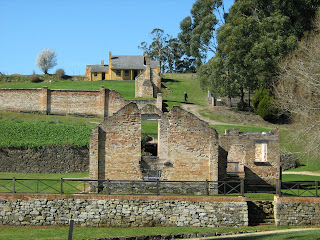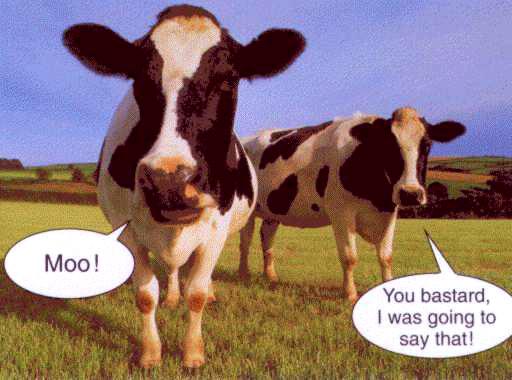Northland Trip - Stage One
Departure from Dunedin was not quite as planned. It was raining, so a taxi was in order; unfortunately the first one did not find me and gave up. In full panic mode I actually went so far as to deploy the cellphone to procure another (in three months of ownership, this is my second call). I need not have bothered being anxious, as the bus was a full 40 minutes late. By the time we hit Christchurch, it had more than doubled that – getting past Winchester and getting a call to say we’d left two school girls behind in Timaru did not help. Although I only paid a single $, others paid far more for this slack service.
In Christchurch, I always have plans to check out nice places to eat; sometimes I even manage to but often I don’t. This time round, I missed out on going some place nice, and just had a burger (a good one, but still a burger) for dinner. Getting an IPA at the Twisted Hop seemed like a good idea but they were already closed, so my big night out in Christchurch was pretty much a bust. No worried – I had another day and night. I did have a very nice version of a chilli chicken at a Thai place; curiously enough, as I was finishing off, a girl at the next table brought me over a chocolate and candy cane and wished me a happy Christmas.
The flight to Auckland was late – thanks to Virgin Blue having to find another plane to fly us at the last minute – who knows what was wrong with the first one. Thanks to the marvels of the internet, I had a bargain rental car to pick up at the airport (Avis, $19 for 24 hours) – I went in via Dominion Road and tried out a Vietnamese sandwich place Metro had raved about; it was OK but not really worth the rave. Eventually I made my way out to my brother’s for his 40th – despite being told it was a “whenever you can come” sort of thing, I was first to arrive, followed shortly after by my other brother. Can’t say it was really my scene; most of the people there were his workmates who clustered around talking shop, so we family made our own cluster.
Sunday was really the start of the holiday: I went up to look at the new Albany mall, which is rather curious, in its complete lack of connection to anything of the existing Albany; it just sits in a big paddock. In the evening, I went to Satya and was horribly cheated. I ordered something, thinking it was a deepfried concoction, but a bhel puri turned out to be very healthy, essentially a spiced finely chopped salad mixed with rice bubbles and actually rather nice. I can’t say the same for the pilsener from the much vaunted Galbraith’s ale house; it was like no pilsener I have ever had before, pretty much an ale. I had another day to kill on the Monday, so went out by train to Sylvia Park – the journey was very pleasant, through greenery alongside the Orakei estuary for much of the way.
The nakedbus to Whangarei was sort of on time, just 10 minutes late to leave, but the driver crashed every single gear and talked inanely to himself, in the interests of keeping us passengers informed as to whatever was on his mind. This confirmed my notion that if I have to pay more than $1, I won’t travel nakedbus. Arriving at Whangarei, I was in for two surprises. One was as to how pleasant the place is. When I was growing up there, it had three bog standard pub, some coffee lounges, fish and chip places and for a touch of exotic food, a couple of Chinese places. When I finished working there, it was starting to get interesting – that trend has continued. There are three good bookshops; Indian, Thai and Japanese restaurants (good ones) and interesting bars. Of those there when I was a schoolboy, one was still the same and completely empty, one had been removed to make way for the new police station and the other had been transformed into some sort of street bar. The town looked prosperous – good to see.
My other surprise was when I was being taken to my hostel – we went along Water Street, along Maunu Road, into Otaika Road, down a right-of-way and there was the house I moved into when I left school!

One old favourite I was pleased to see was good old Arthur's Emporium:
Labels: NZ Travel




























